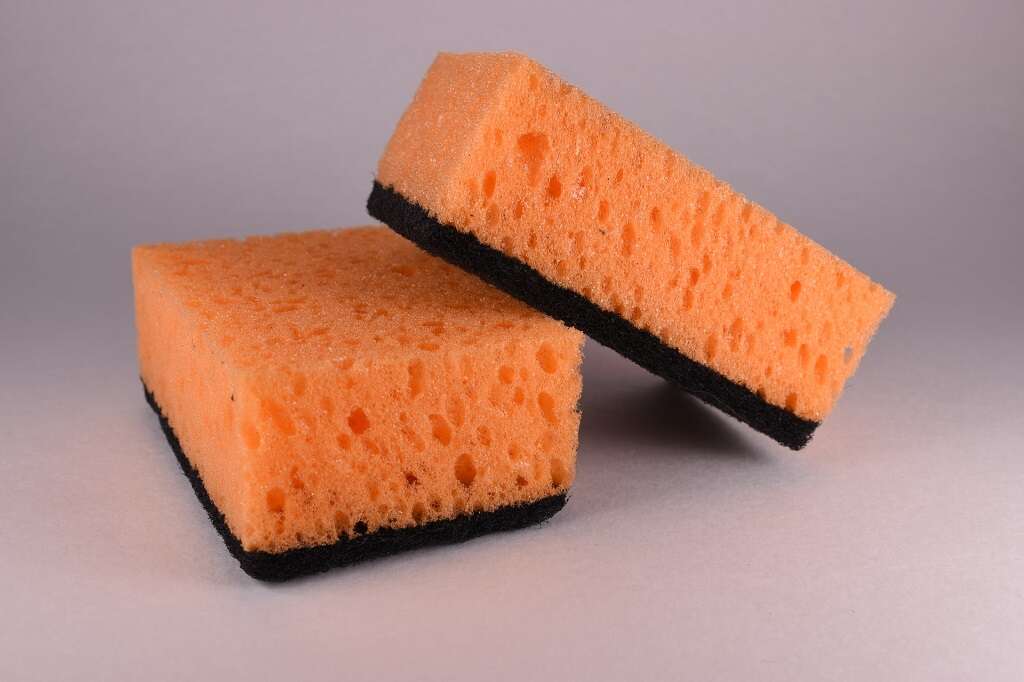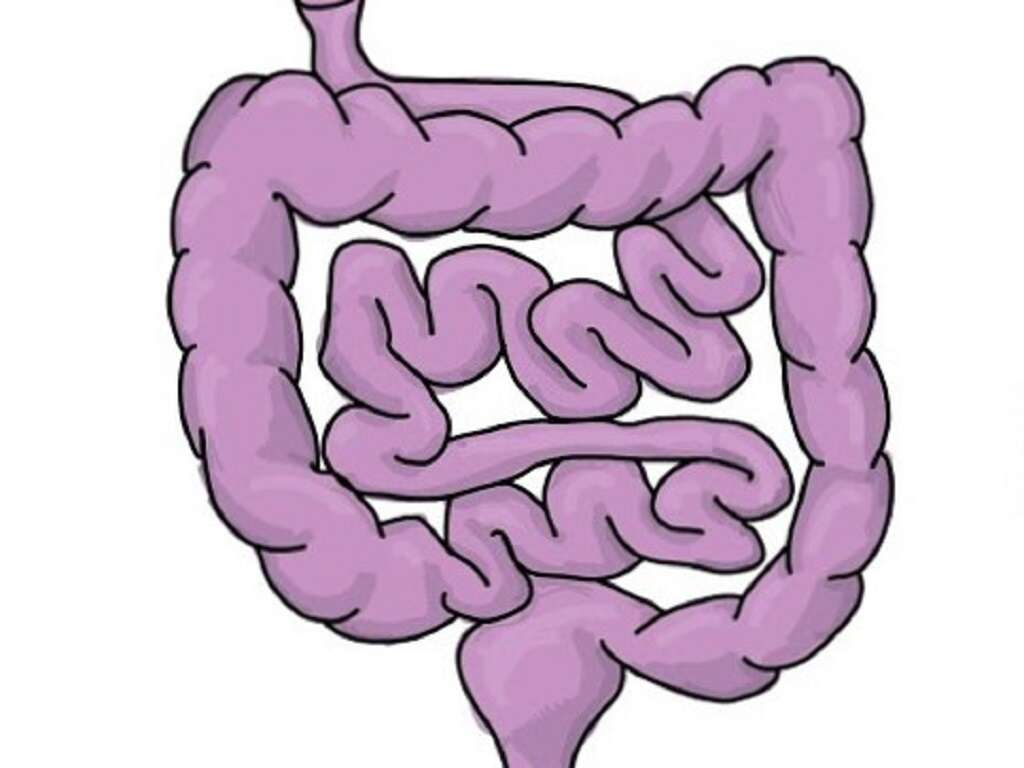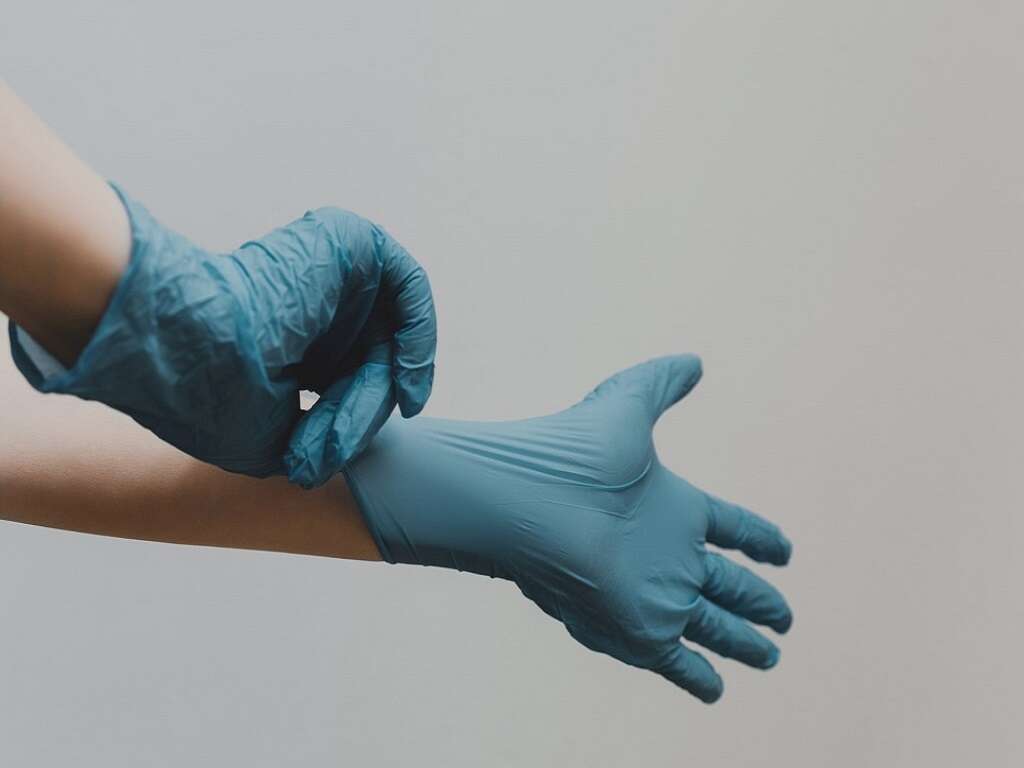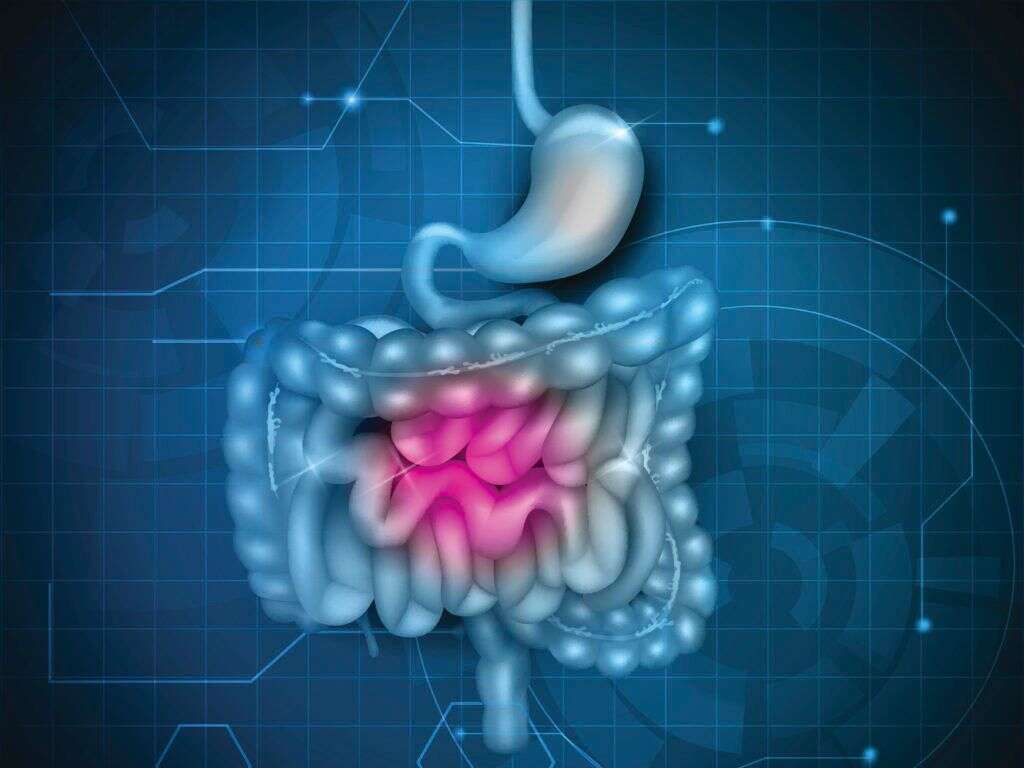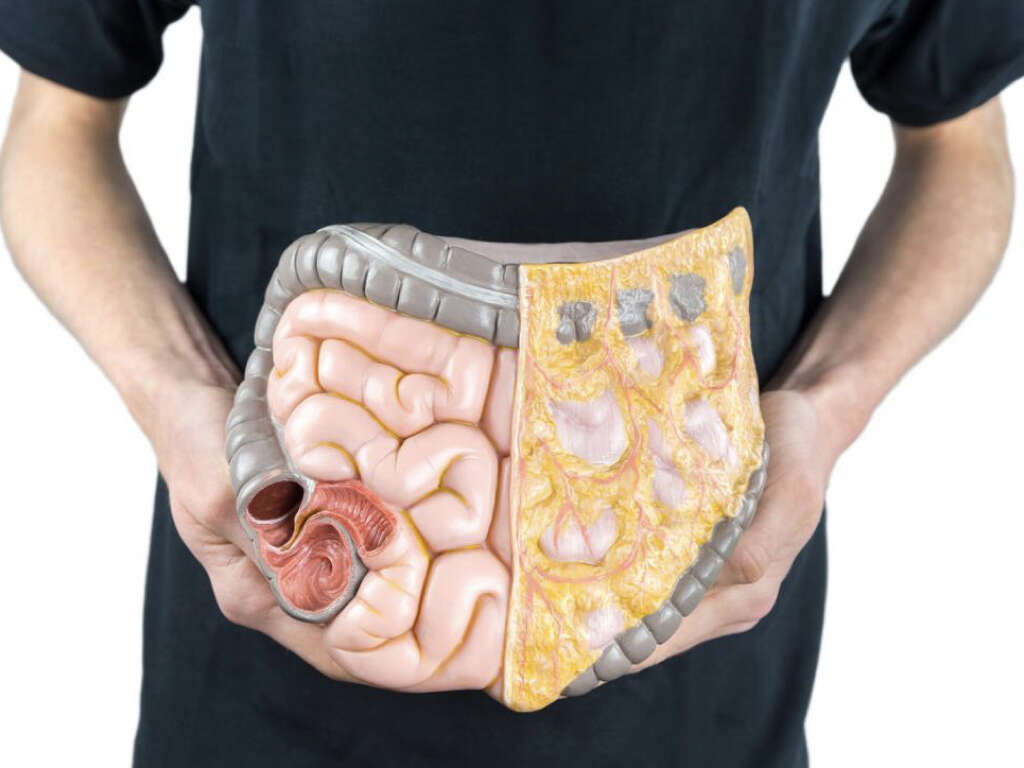10 FAQs About the Duodenum
 Article Sources
Article Sources
- 1. Collins, Jason T. 'Anatomy, Abdomen and Pelvis, Small Intestine.' StatPearls /[Internet/]., U.S. National Library of Medicine, 10 Aug. 2020, www.ncbi.nlm.nih.gov/books/NBK459366/
- 2. Lopez, Peter P. 'Anatomy, Abdomen and Pelvis, Duodenum.' StatPearls /[Internet/]., U.S. National Library of Medicine, 15 Aug. 2020, www.ncbi.nlm.nih.gov/books/NBK482390/
- 3. Khanna, Seema, et al. 'Distal Duodenal Obstruction: a Surgical Enigma.' The Indian Journal of Surgery, Springer India, June 2017, [www.ncbi.nlm.nih.gov/pmc/articles/PMC5473798/.](https://www.ncbi.nlm.nih.gov/pmc/articles/PMC5473798/.)
- 4. Shuck, Jerry M. Duodenal Diverticula. Surgical Treatment: Evidence-Based and Problem-Oriented., U.S. National Library of Medicine, 1 Jan. 1970, www.ncbi.nlm.nih.gov/books/NBK6891/
The Duodenum Absorbs Nutrients
Hormones also play a role in digestion through the duodenum. This unique body part has the ability to use hormones released from the duodenal epithelium to regulate its own environment. The hormone that's important to the digestion process in the small intestines is cholecystokinin.
When fatty acids and amino acids are detected, cholecystokinin prevents gastric emptying. Additionally, it helps the gallbladder contract, relaxing the sphincter, which in return assists with absorbing essential nutrients into the body.
Advertisement
